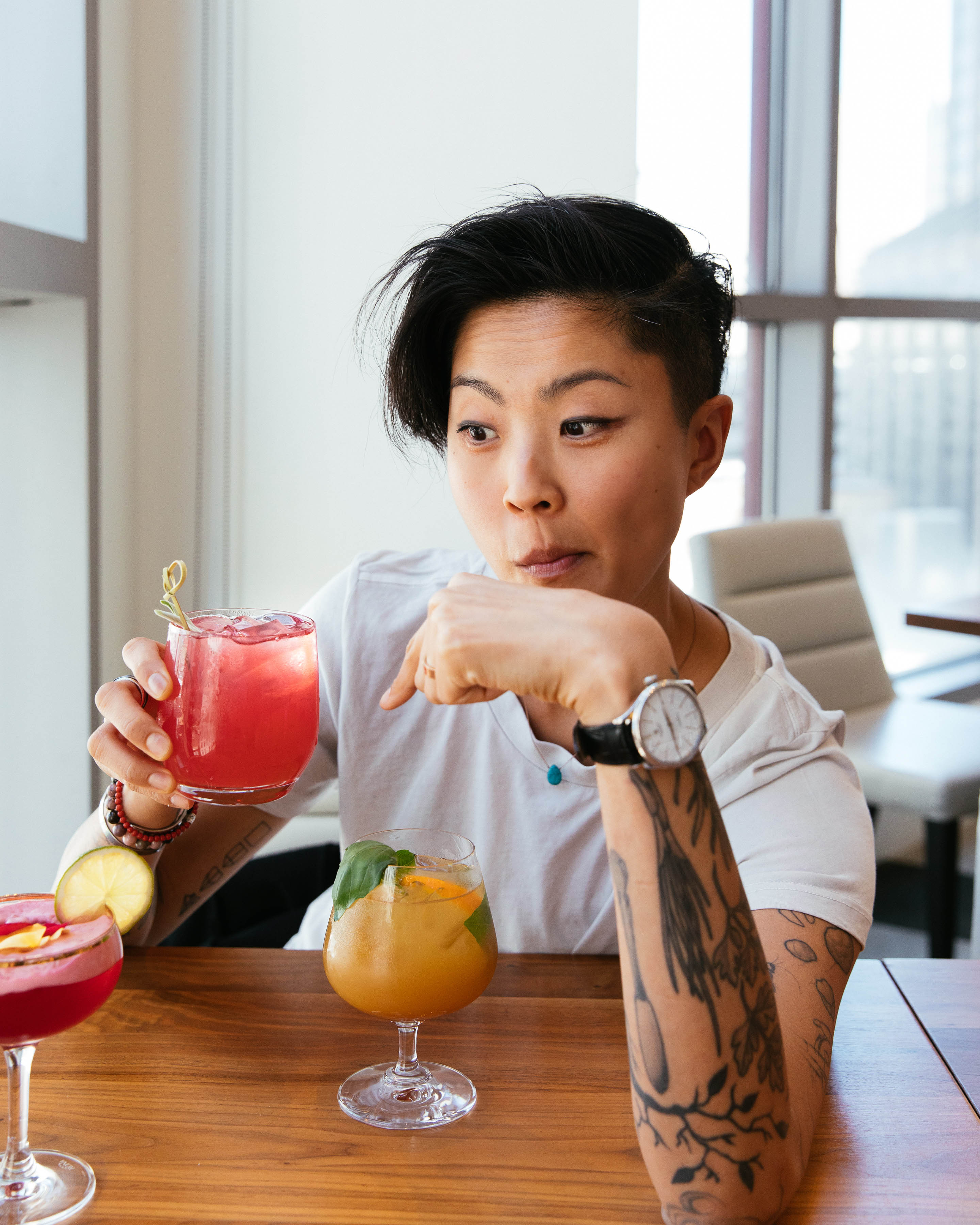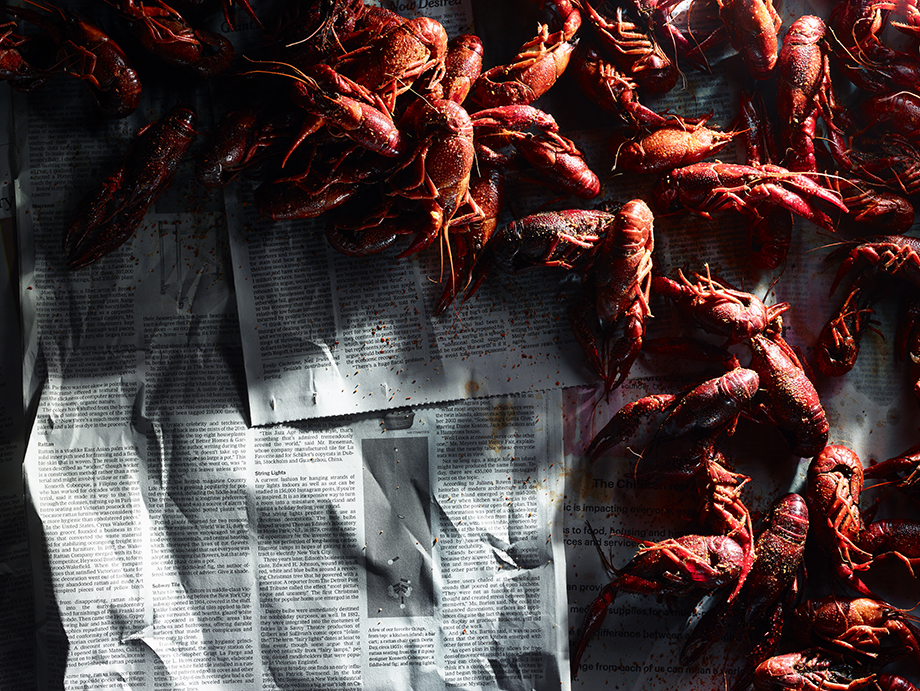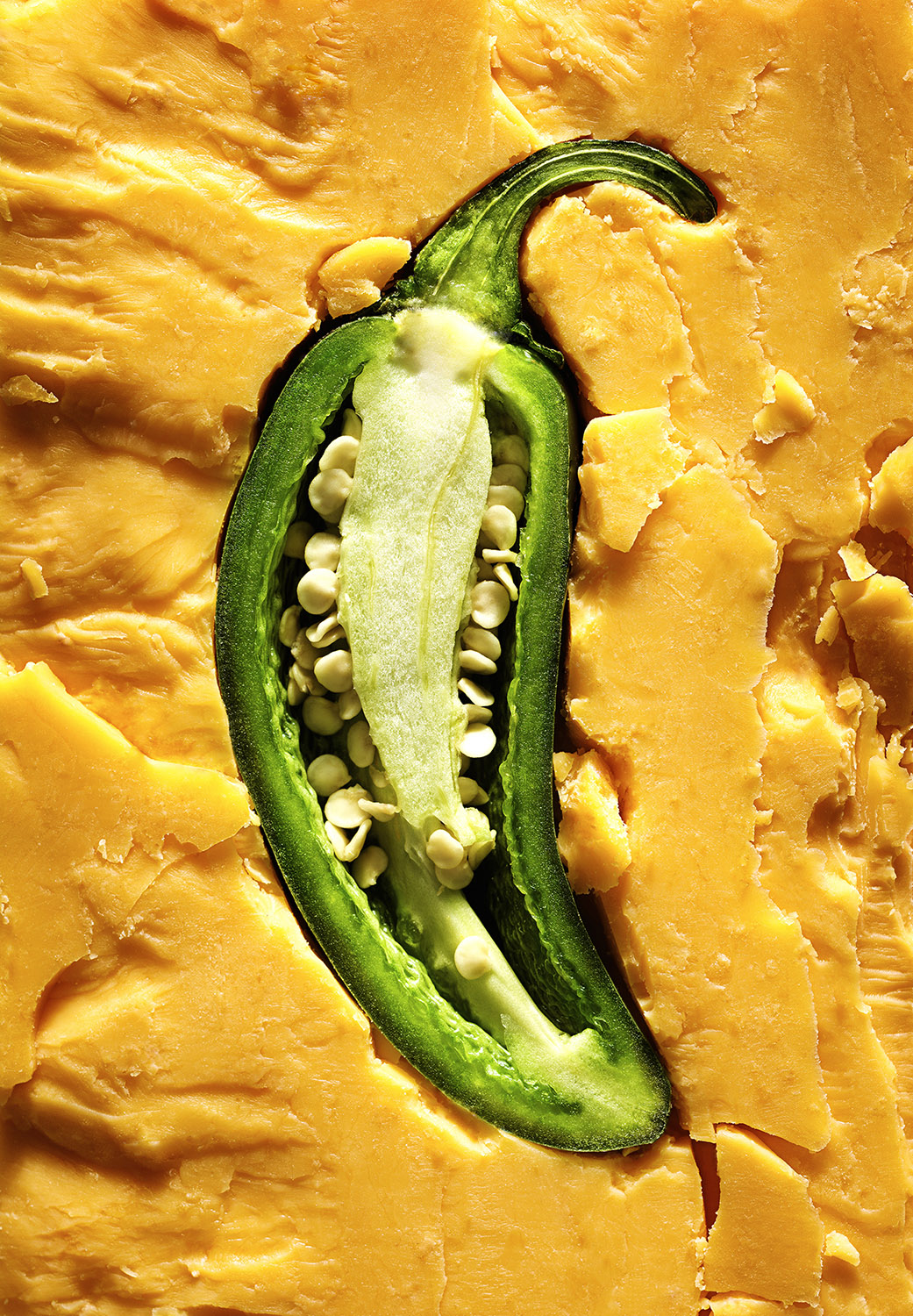The Art and Science of Commercial Pizza Photography
Food appeals to several of our human senses—smell, taste and sight. Well executed food photography significantly bolsters appetite appeal, whether showcased in menus, social media, store signage or print or TV advertising. Beautiful imagery builds brand value. Food photography is a powerful sales tool.
The “art” involved in capturing “pizza appeal” lies in addressing your customers’ emotions. Art appeals to the heart, and in this case, to the stomach, by way of the heart. The science? Well, that’s a means to an end, using simple techniques to ensure the creation of appealing, mouth-watering images. There are no set formulas. Here are a few general pointers to get the most out of your commercial pizza photography investment:
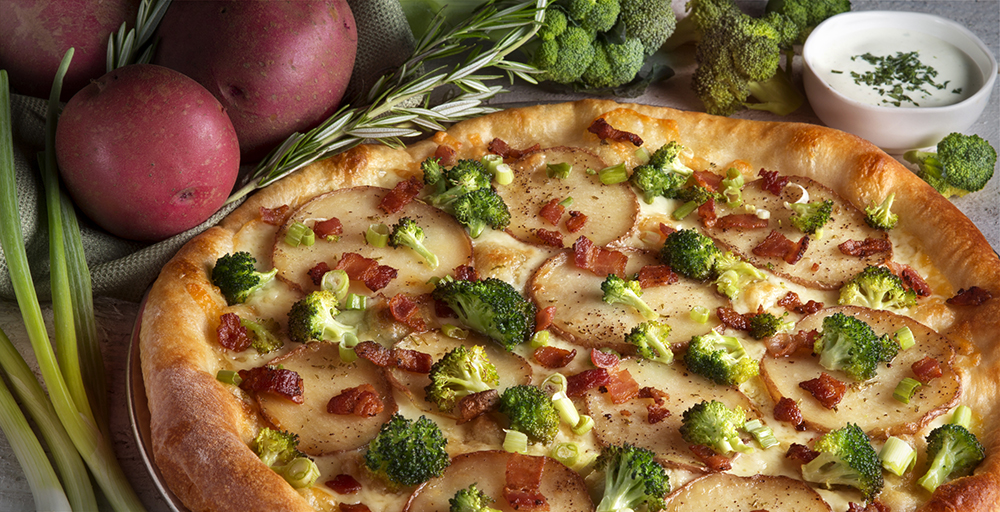
Cropping
Crop (or zoom) in enough so that the viewer can easily recognize all the pizza toppings. Folks know that most pizzas are round. No need to show the whole pizza! Close-up imagery is a powerful tool. Each ingredient can trigger an appetite response: juicy tomatoes, crisp golden crust, grill marks on sausage – all can foreshadow the diner’s experience, but only if these elements are clearly presented in close-up.
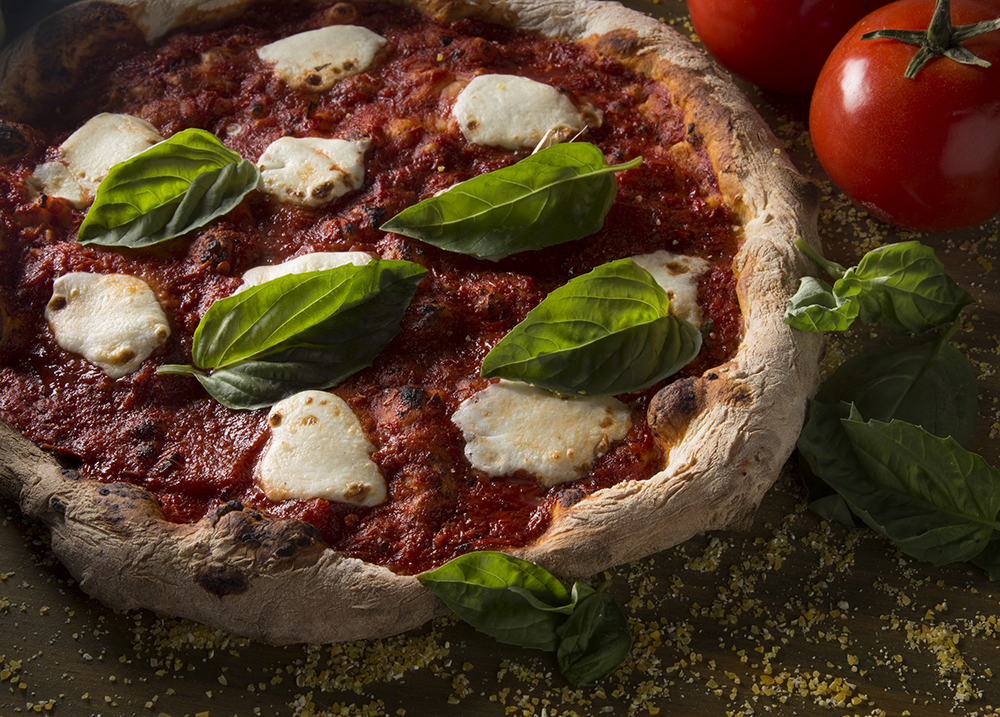
Lighting
Don’t over light. I’ve found that it’s often best to allow for some shadows. The viewer does not need to see every side of a tomato cube, or pepperoni slice: he/she will subconsciously fill in the shadow area. In fact, the mental act of “filling in” makes for a longer gaze, which in turn elevates interest and, ultimately, the urge to eat – hence, appetite appeal.

Colors
Be cognizant of colors. Every pizza has its own color “signature”. Place the pizza on an appropriate background that complements and enhances the pizza. The process, in my view, mimics interior decorating—just like matching furniture to carpet, only on a (much) smaller scale.
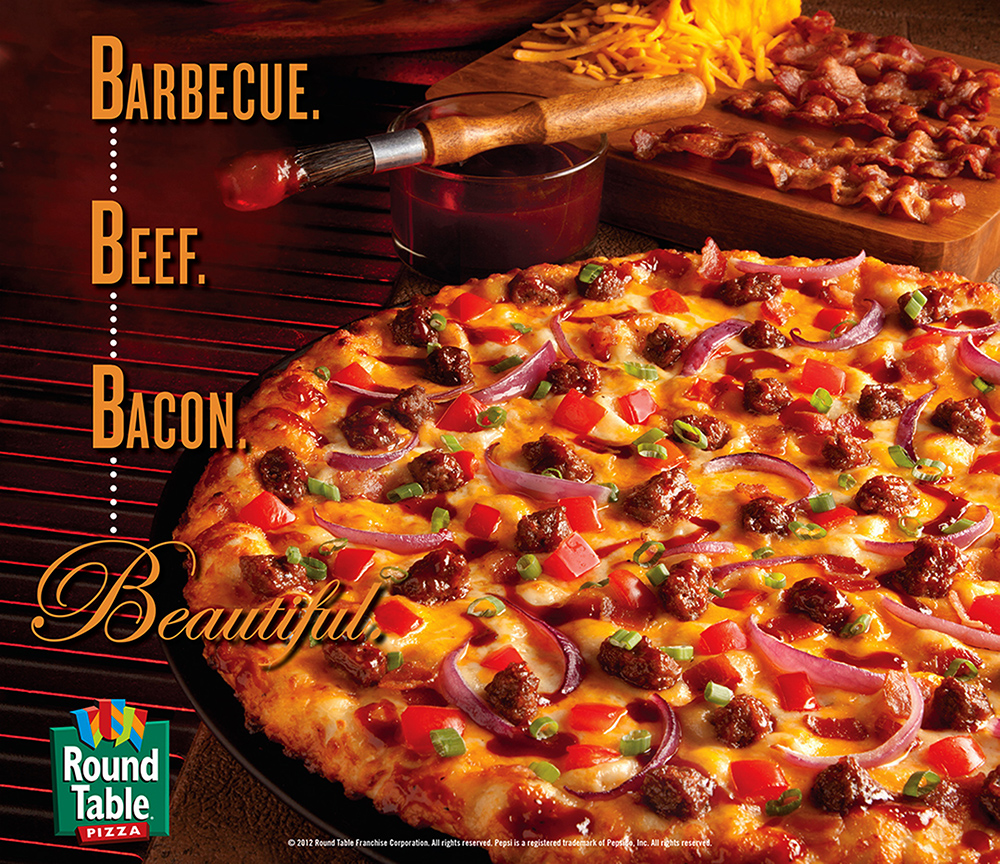
Props
Props are the supporting cast. Food photography props indicate ingredients providing a visual short-hand. Often a major flavor ingredient gets lost in the jumble of a pizza, no matter how tight the crop and enlargement. Examples are flavors such as basil, BBQ sauce and cheddar cheese. One needs to quickly and artfully make the viewer aware of these ingredients, without distracting the eye from the pizza. A bouquet of fresh basil, a small bowl of BBQ sauce, or a wedge of cheese, are informative and appetizing. All help tell the “story” of the pizza.
Additionally, environmental props act as visual adjectives. Props tell stories. They are essential elements in the language of visual communication. Formulate your message and choose appropriate props, much like story-telling. Props as simple as napkins must be carefully considered. There’s a world of difference between white linen and gingham!
David Fischer is a photographer with over 30 years of experience, with brands such as Round Table Pizza, Del Monte Foods and many others. His studio, complete with restaurant sized kitchen, pizza oven, and hundreds of props, is based in the San Francisco Bay Area. For location work he travels in his Sprinter truck, serving clients throughout North America. Visit his webiste at: www.davidfischer.com







